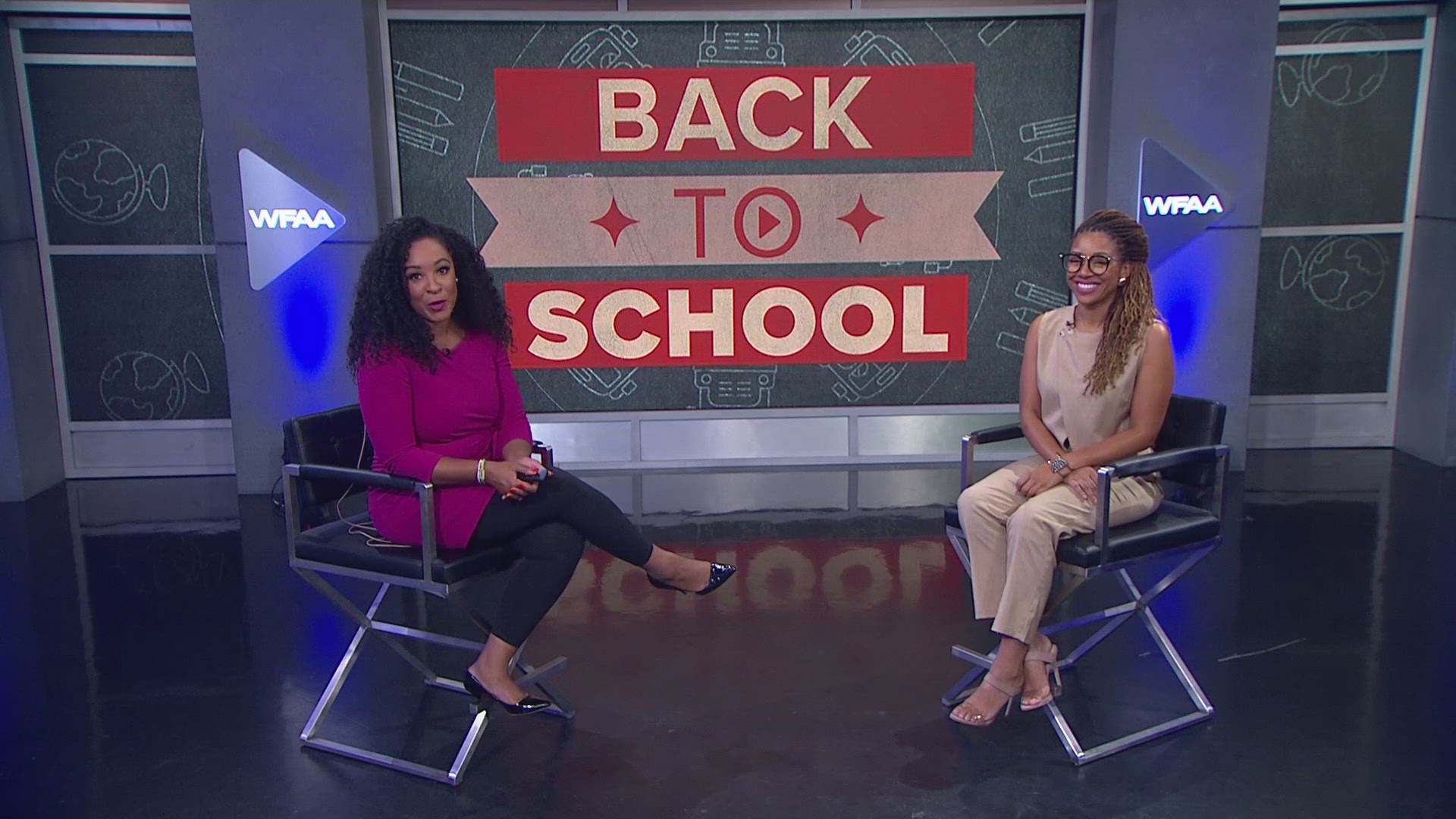School will be starting soon again in Texas and around the country.
Some sports, mainly football, volleyball and cross country, have already begun practicing.
For many households, parents will be experiencing for the first time having an athlete in the house.
The National Athletic Trainers’ Association (NATA) released safety tips for parents on their athletic sons and daughters. Athletic trainers are health care professionals who specialize in the prevention, diagnosis, treatment and rehabilitation of injuries and sport-related illnesses.
The University Interscholastic League, the governing body for high school sports in Texas, also has some health and safety information for parents. See here.
Here are some safety questions and tips from NATA for parents with athletes:
Who comprises the school’s sports medicine team?
Find out who will provide care to your child in case of an injury, and ask to review their credentials. Many schools and sports teams rely on athletic trainers or parents with medical and first aid training and certification to keep kids safe. NATA also recommends that any medical decisions are made by the school’s sports medicine professionals (physicians and athletic trainers) and not the coach to avoid conflict of interest. Coaches and even the athletes themselves might unconsciously make decisions that favor winning over safety.
Does the school have an emergency action plan?
Every team should have a venue-specific written emergency action plan (EAP) for managing serious and or potentially life-threatening injuries. It should be reviewed by the athletic trainer or local Emergency Medical Service, and individual assignments, emergency equipment and supplies need to be included. If an athletic trainer is not employed by the school, other qualified individuals need to be present to render care.
Is the equipment in working order?
Make sure all equipment ranging from field goals, basketball flooring, gymnastics apparatus and field turf are in safe and working order. This also includes emergency medical equipment such as spine boards, splint devices and automated external defibrillators (AEDs) – which should be checked once per month; batteries and pads need consistent monitoring and replacing.
Are locker rooms, gyms and shower surfaces cleaned on a regular basis?
With the advent of MRSA and related bacterial, viral and fungal skin infections reported in recent years, it is critical to keep these surfaces routinely cleaned and checked for germs. Athletes must be discouraged from sharing towels, athletic gear, water bottles, disposable razors and hair clippers. All clothing and equipment should be laundered and/or disinfected on a daily basis.
What are the signs of a concussion?
According to the Centers for Disease Control and Prevention, there are between 1.6 million and 3.8 million brain injuries occurring in sports each year and 63,000 occur in high school sports alone. The athlete should be encouraged to speak up if he or she is hit in the head and suffering from any related symptoms such as dizziness, headache, loss of memory, light headiness, fatigue or imbalance.
Did your child take a physical before joining a team?
All athletes are usually required to get a physical, or pre-participation exam, to determine their readiness to play and uncover any condition that might limit participation. A young athlete’s underlying medical condition can be exacerbated with vigorous, sustained physical activity.


